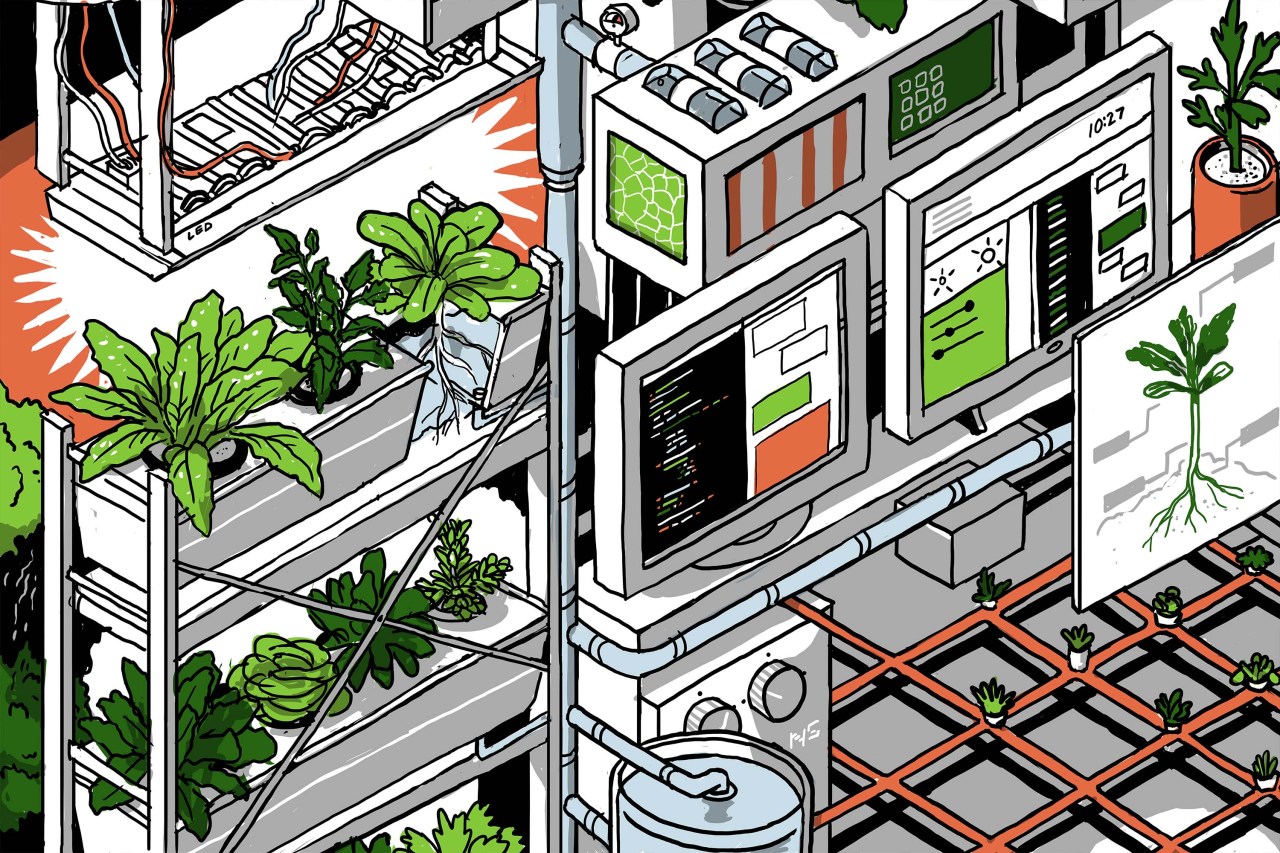Agriculture is as old as human civilization itself, evolving continuously over millennia to meet the needs of an expanding population. With projections indicating that the global population could exceed 10 billion this century, enhancing agricultural efficiency has become imperative. One promising advancement is vertical farming—a method that combines high-tech solutions with the aim of maximizing crop yield in a controlled environment. Among these innovations, the use of LED technology stands out as a potential game-changer in the quest to achieve sustainable agriculture.
The Vertical Farming Revolution
As the climate crisis looms larger, traditional farming faces numerous challenges including drought, pest infestations, and soil depletion. This is where vertical farming steps in, allowing crops to be grown indoors under controlled conditions, thereby eliminating many outdoor farming issues. With data analytics and automated systems, these farms promise not only to boost production but also to reduce input consumption—especially important in regions where water resources are dwindling.
LEDs: A Breakthrough in Indoor Farming
When it comes to indoor farming, lighting is paramount. Historically, growers relied on high-pressure sodium (HPS) lights, but these have significant drawbacks, including high energy consumption and excessive heat output. Enter LEDs: the undisputed champions of modern indoor farming. Their efficiency rivals and often surpasses traditional lighting solutions, allowing crops to grow closer to these lights while consuming significantly less energy.
As Indiana University Professor Cary Mitchell forecasts, LEDs could soon become the standard lighting source for controlled-environment agriculture. The efficiency improvements—combined with declining costs—make LEDs a critical component of vertical farming. As these technologies advance, the dream of growing food indoors can turn into a reality that utilizes resources far more responsibly.
A Case Study: Bowery Farming
One of the leaders in the vertical farming movement is Bowery Farming, which has built a reputation by leveraging high-tech infrastructures like BoweryOS. This operating system integrates automated processes and data collection to ensure every farm in its network has immediate access to the knowledge accrued from previous operations. For Bowery, the focus isn’t merely on crop yields—it’s also about cultivating a recognizable brand that consumers trust.
With impressive stats claiming to be 100 times more productive per square foot compared to traditional farming methods, Bowery makes a strong case for the future of agriculture rooted in technology.
The Trade-offs of High-Tech Farming
Critics of vertical farming question the overall environmental impact, pointing out that the energy needed to power LED lights for indoor crops can surpass the energy used to grow and transport those same crops outdoors. For example, research suggests that producing lettuce in New York City with artificial lights requires four times more energy than growing it in sunny southern California and transporting it. This raises genuine concerns about the sustainability of systems relying heavily on energy-intensive practices.
Those at Bowery Farming, however, emphasize their commitment to sustainability. While acknowledging that it is challenging to rely entirely on solar energy to power indoor farms, they maintain that advancements in LED efficiency, alongside a move toward renewable energy sources, will eventually shift the balance in a positive direction.
A Comprehensive Approach to Sustainability
Fain, the CEO of Bowery, stresses the importance of considering the entire food supply chain. He acknowledges that although sunlight may seem “free,” the total costs involved in food production often make it more complicated than it appears. By focusing not only on crop yields but also on reducing pesticides and water usage, Bowery aims to provide solutions that can ultimately benefit the environment.
Adapting to Change
As the vertical farming industry matures, the future will rely on its ability to diversify crop production beyond leafy greens and adapt technology to meet the evolving challenges of climate change. The narrative is changing, and the potential for indoor farming—especially through innovations like LEDs—positions us to address both hunger and sustainability issues effectively.
Conclusion: A Bright Future for Agriculture?
While there are both advocates and skeptics of vertical farming, its advantages, especially when coupled with advancements in LED technology, present possibilities that are hard to ignore. The quest for optimizing agricultural practices continues, and as technology evolves, so too must our approaches to addressing food security and environmental sustainability. The journey has just begun, and it holds the promise of transforming agriculture as we know it.
At fxis.ai, we believe that such advancements are crucial for the future of AI, as they enable more comprehensive and effective solutions. Our team is continually exploring new methodologies to push the envelope in artificial intelligence, ensuring that our clients benefit from the latest technological innovations.
For more insights, updates, or to collaborate on AI development projects, stay connected with fxis.ai.

